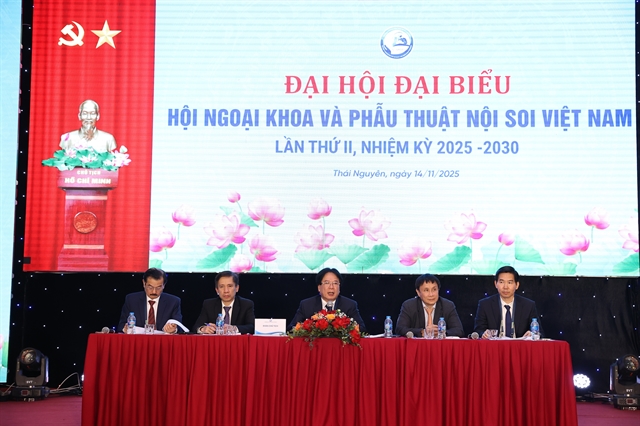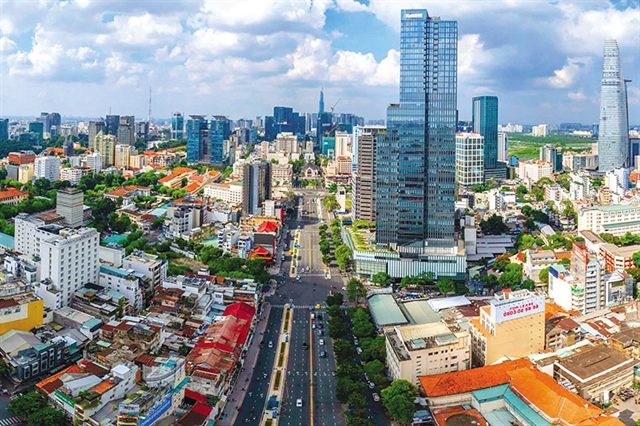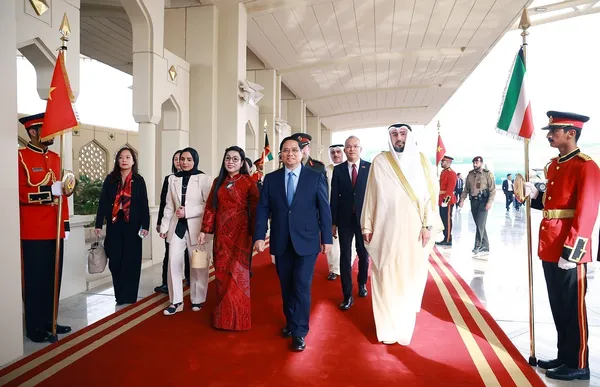 Society
Society

 |
| A view of downtown HCM City. The city has been proposed to house Việt Nam's first international financial centre. VNA/VNS Photo Lê Toàn |
HÀ NỘI — The Ministry of Planning and Investment (MPI) has unveiled a draft proposal to develop HCM City, Việt Nam's largest economic hub, into an international financial centre.
The proposal said there are favourable factors in the domestic market, as well as those in the global financial system, that link the city with regional and international financial centres.
The MPI stressed the importance of following a roadmap with detailed objectives, such as the establishment and development of at least one financial centre in the city by the end of next year. Longer-term objectives included becoming an international financial centre by the end of 2035 and after 2045, aiming to break into the world's top 20.
As the Law on Financial Centres comes into effect by the end of 2025, a legal foundation is required to govern the development of financial centres within the country, which will play a major role in attracting foreign investment to the Southeast Asian emerging economy.
More ambitious goals include attracting over 100 financial institutions from the Fortune 500, half of the world's major international banks and more than 200 investment funds and asset management companies to operate and establish offices in the city.
Prime Minister Phạm Minh Chính, in a recent meeting with policymakers tasked with preparing the proposal, said the undertaking is both challenging and unprecedented and that they must proceed with caution.
Policymakers have also discussed the development of central coastal Đà Nẵng City as another regional financial centre, with both HCM City and Đà Nẵng City ready to present their proposals. The MPI had previously voiced concerns over the development of multiple centres simultaneously, which may lead to inadequate allocation of resources and unsavoury competition practices. The only exception is the United Arab Emirates, which houses two financial centres, most countries house just one.
Instead, the country should focus on developing a full-fledged international financial centre in HCM City while gearing Đà Nẵng City toward a testing environment for fintech, a move already implemented by a resolution on the National Assembly's special mechanism.
Minister of Planning and Investment, Nguyễn Chí Dũng, has long been an advocate for Việt Nam to build its first international financial centre, saying the country is facing a "golden opportunity" to make it come true.
“We enjoy numerous advantages. Building an international financial centre will bring enormous opportunities for the country,” he said.
However, the minister stressed the importance of taking the initiative, saying the time to act is now. He has also made multiple trips to major financial centres in China, Singapore and the UAE. Dũng has also been personally involved in speeding up the completion of the proposal with ideas contributed to creating breakthrough policies.
In August, the proposal was reviewed by experts and representatives from international organisations, with many voicing support for breakthrough policies aimed at attracting investment and promoting long-term development.
“Investors need to see a strong commitment by the government and a clear strategy to see that the proposal is a sustainable and promising plan,” said Jonathan Hạnh Nguyễn, Chairman of Imex Pan Pacific Group.
The MPI has said that to successfully develop an international financial centre, Việt Nam should adopt successful international practices, especially in emerging areas such as fintech. The implementation, however, must be carefully planned and controlled, divided into different phases. It must also include consideration for the two cities' potential and competitive advantages. VNS




